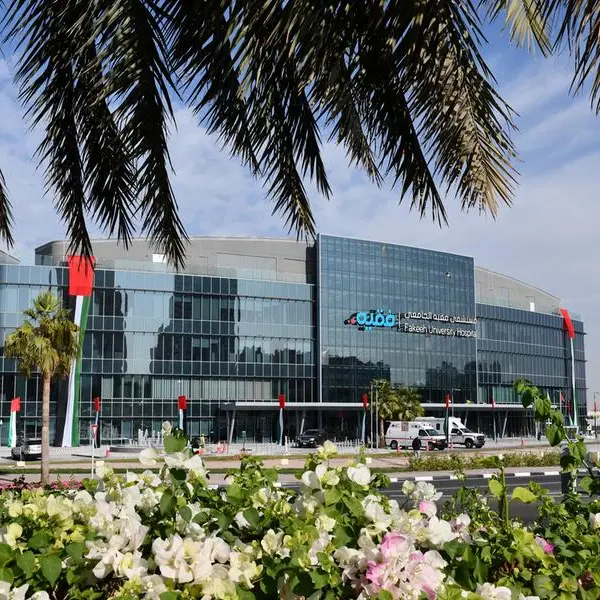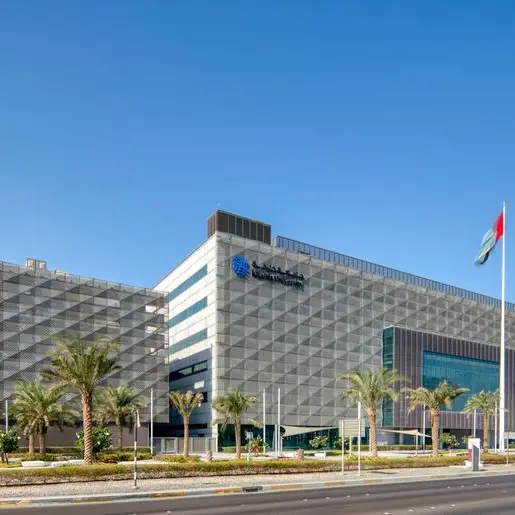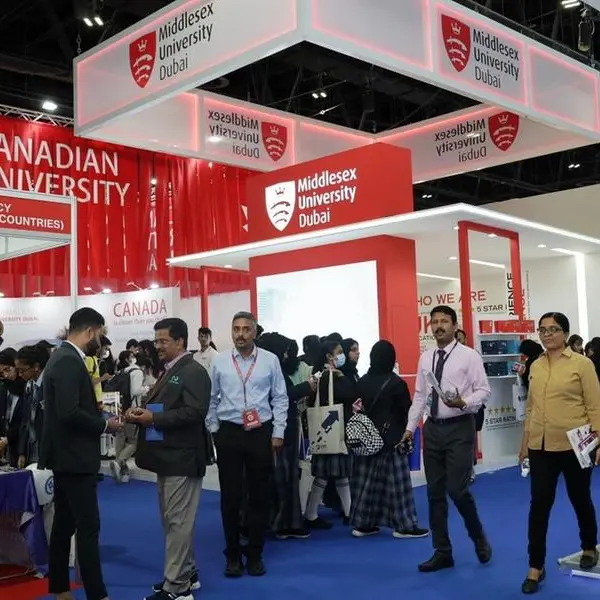Saudi Arabia - A paper detailing the marine spatial planning models that form the basis of the master plan of The Red Sea Project, the world’s most ambitious tourism development, has been published in the scientific journal Frontiers in Marine Science.
The paper was co-authored by a multinational team of researchers including scientists from King Abdullah University of Science and Technology (KAUST), the National Technical University of Athens and the University of Thessaly, alongside executives from The Red Sea Development Company (TRSDC), the master developer behind the project.
The paper describes how the research team used marine spatial planning to generate net positive conservation outcomes for the 2,081 kilometer square Al-Wajh lagoon through the development of The Red Sea Project. The lagoon, which includes 92 islands, features valuable habitats including coral reefs, seagrass, and mangroves that are home to several species of global conservation importance, such as sea turtles and seabirds.
“TRSDC has committed to setting a new global standard in sustainable development and to sharing our learnings with the world,” said John Pagano, CEO of The Red Sea Development Company. “The results of this study demonstrate that, through careful design and planning, coastal development has the potential to enhance, rather than jeopardize, conservation.”
Pagano is named as a co-author of the paper.
FASTFACT
Al-Wajh lagoon, which includes 92 islands, features valuable habitats including coral reefs, seagrass, and mangroves that are home to several species of global conservation importance, such as sea turtles and seabirds.
“Coastal development and marine conservation have traditionally been antagonistic goals, given that coastal development typically alters ecosystems and increases stress on the marine environment,” said Prof. Carlos Duarte, Tarek Ahmed Juffali Research Chair in Red Sea Ecology at KAUST. “Our study shows that, by embracing conservation as a primary goal from the outset, stakeholders involved in sustainable development can successfully reconcile the needs of development with the delivery of net positive conservation outcomes.”
Prof. Duarte is a co-author of the paper and a member of TRSDC’s advisory board.
The marine spatial planning exercise is an integral part of TRSDC’s development approach. It is intended to benefit the ecological state of the destination by achieving conservation outcomes superior to those of a “business as usual” scenario for an undeveloped site.
The master plan for the development conserves 58 percent of the marine area of the site, with the development footprint being only 5 percent of the total area. The resulting conservation to development ratio of 10:1, the paper notes, is unprecedented in any documented coastal development plan.
Both the development zone and the area not assigned (37 percent of the marine area) will be subject to strict conservation and sustainability guidelines.
“Conservation is at the root of sustainable development,” said Pagano. “We believe that this innovative approach to destination design, grounded in marine spatial planning, can create a new relationship between tourism and the natural environment in the 21st century.”
Copyright: Arab News © 2020 All rights reserved. Provided by SyndiGate Media Inc. (Syndigate.info).











